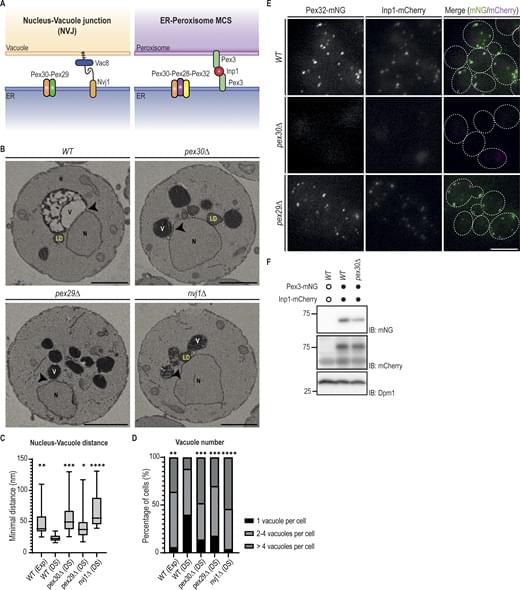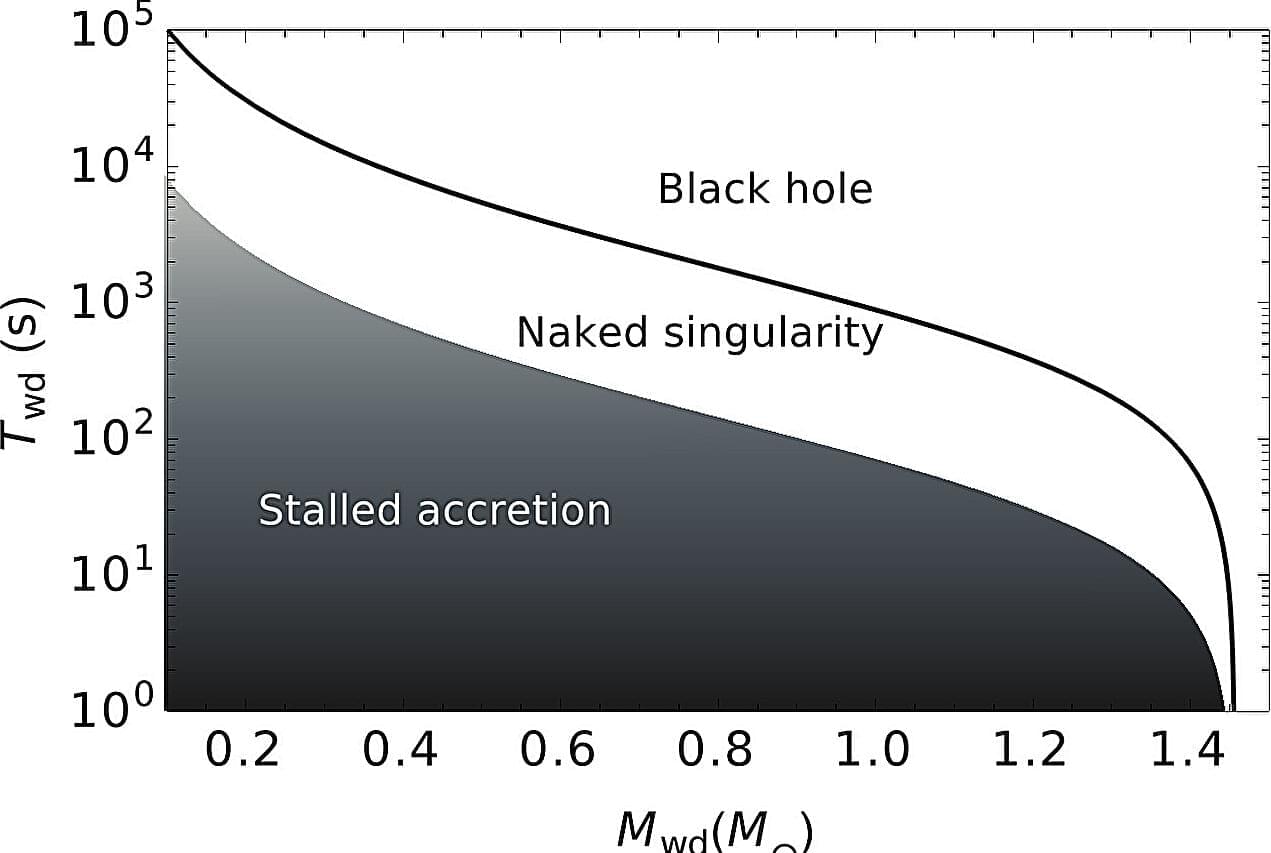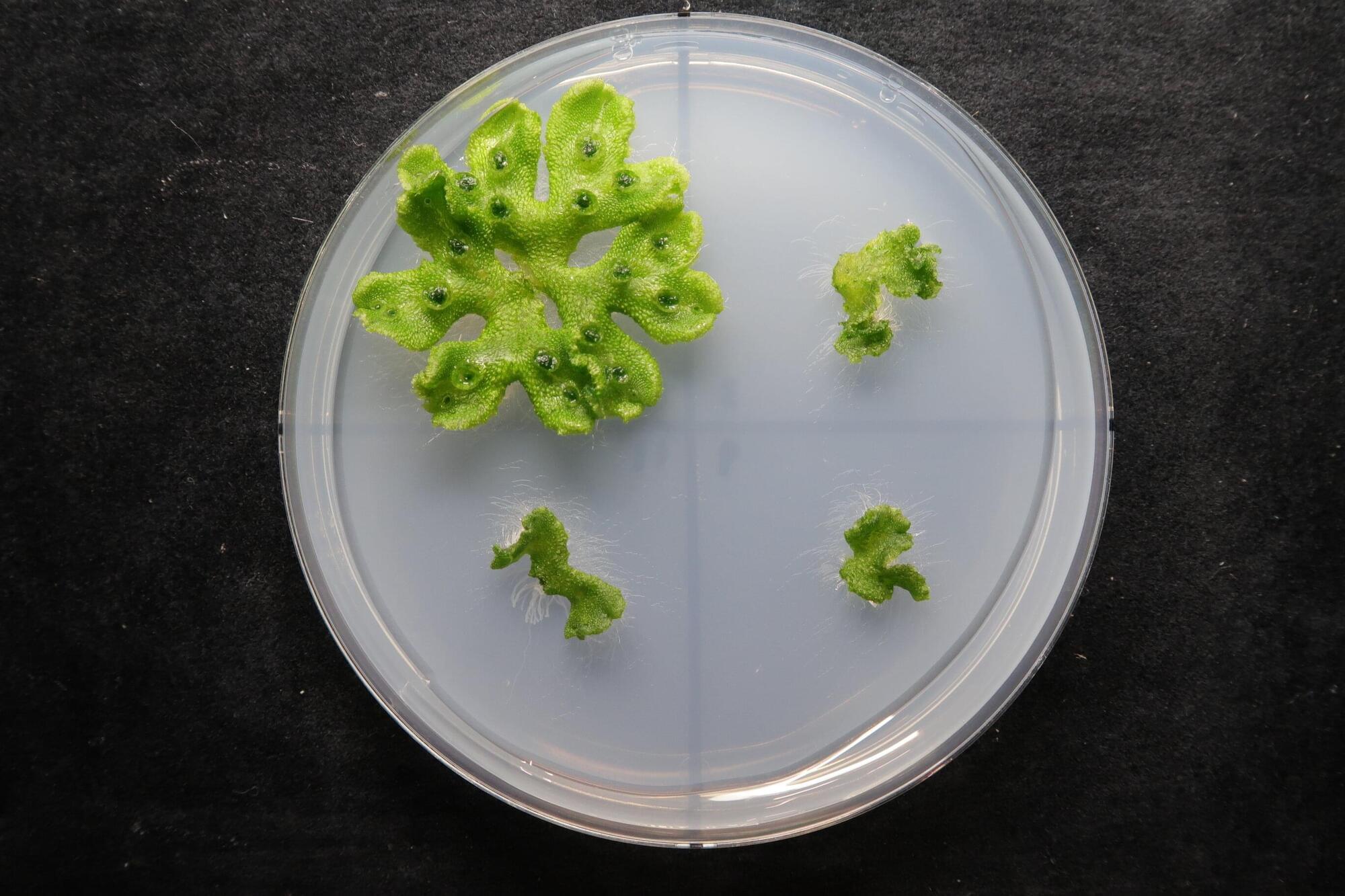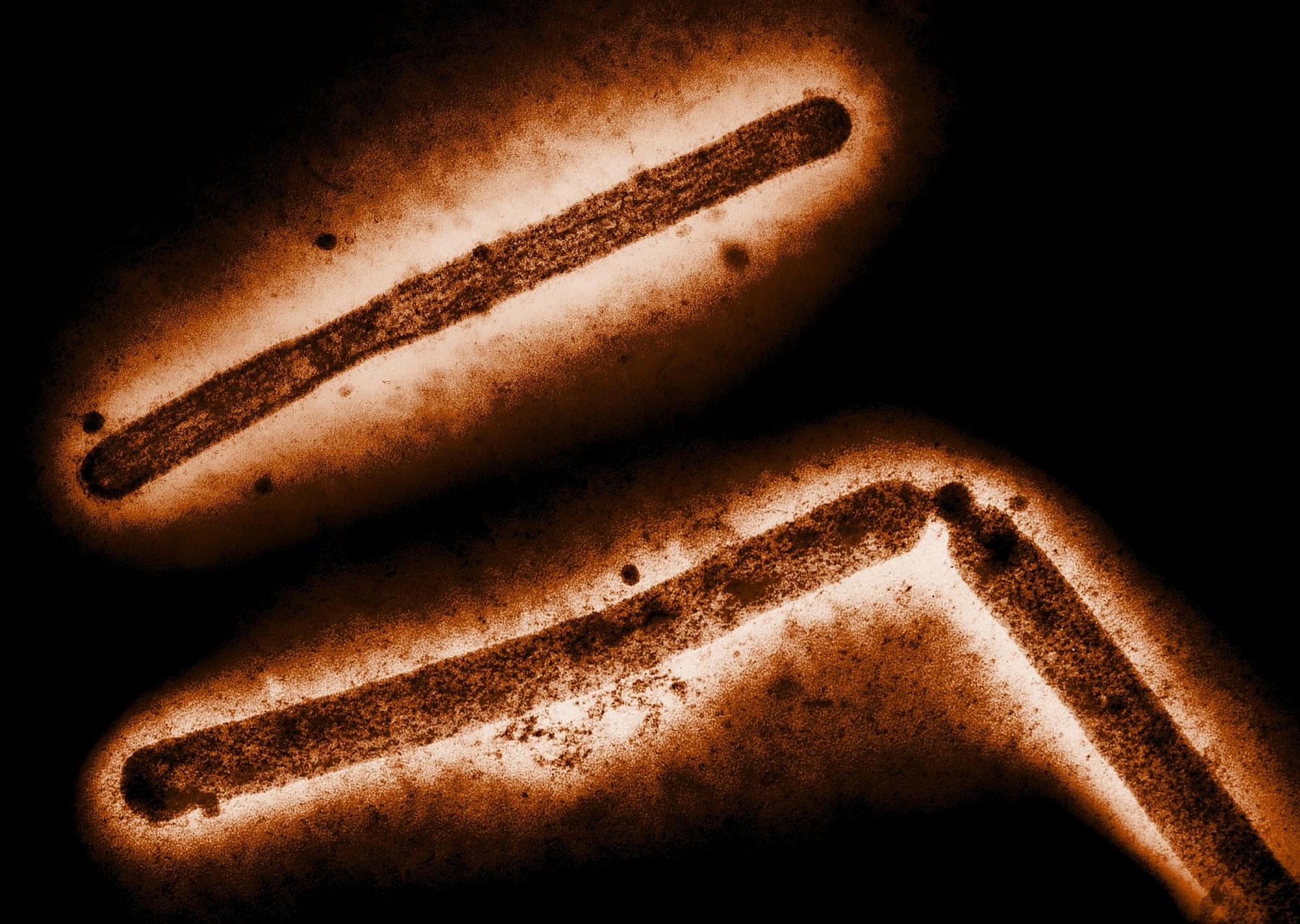A gene that regulates the development of roots in vascular plants is also involved in the organ development of liverworts—land plants so old they don’t even have proper roots. The Kobe University discovery, published in New Phytologist, highlights the fundamental evolutionary dynamic of co-opting, evolving a mechanism first and adopting it for a different purpose later.
When scientists discover that a gene is necessary for the development of a trait, they are quick to ask since when this gene has been involved in this and how the evolution of the gene has contributed to the evolution of the trait.
Kobe University plant biologist Fukaki Hidehiro says, “My group previously discovered that a gene called RLF is necessary for lateral root development in the model plant Arabidopsis thaliana, but it was completely new that the group of genes RLF belongs to is involved in plant organ development. So we wanted to know whether the equivalent of this gene in other plants is also involved in similar processes.”








